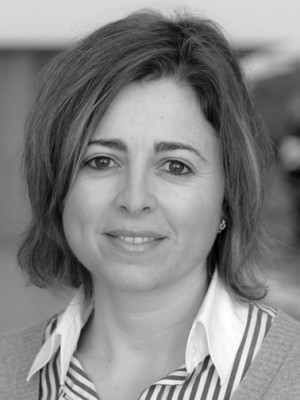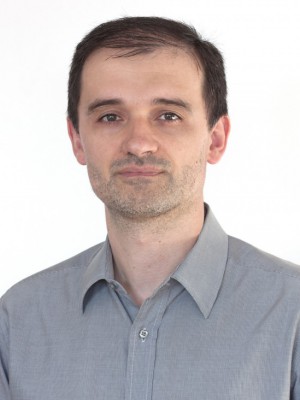abstract
alpha-Pinene is a terpenoid with relevant properties for application in the pharmaceutical and cosmetic industries, and can be found in oils of many coniferous trees, especially pine. Taking into account the increasing interest of supercritical fluid extraction for the separation of bioactive compounds, the measurement of equilibrium and transport properties is essential for the accurate design and scale-up of such processes. In this work, the tracer diffusion coefficient, D-12, of alpha-pinene in supercritical CO2 was measured at 313.15, 323.15 and 333.15 K, and pressures from 175 to 275 bar using the chromatographic peak broadening technique, providing values between 0.792 x 10(-4) to 1.234 x 10(-4) cm(2) s(-1). The dependencies of D-12 upon temperature, pressure, solvent density, and Stokes-Einstein coordinates were examined in detail. Moreover, the experimental data were modeled using ten (classical and recent) equations from the literature to test their accuracy and prediction ability. The lower deviations were achieved by two models of Vaz-Magalhaes-Silva (2.50% and 3.56%), He-Yu-Su equation (4.20%), Catchpole-King correlation (4.94%), and Wilke-Chang equation (5.34%). Finally, the diffusive behavior of our system was well interpreted by free-volume theory, which provided effective diameters solely dependent on temperature. The Lennard-Jones (LJ) diameter of alpha-pinene was 6.19129 x 10(-8) cm, which differs only 0.95% from one estimated by theory. (C) 2015 Elsevier B.V. All rights reserved.
keywords
BINARY DIFFUSION-COEFFICIENTS; LENNARD-JONES FLUID; CARBON-DIOXIDE; INFINITE-DILUTION; LIQUID MIXTURES; PRESSURE RANGE; DENSE FLUIDS; HARD-SPHERE; EQUATIONS; SUBSTANCES
subject category
Chemistry; Engineering
authors
Vaz, RV; Magalhaes, AL; Valente, AA; Silva, CM
our authors
acknowledgements
R.V. Vaz (SFRH/BD/69257/2010) and A.L. Magalhaes (SFRH/BPD/95393/2013) thank their grants provided by Fundacao para a Ciencia e a Tecnologia, Portugal. This work was developed in the scope of the project CICECO-Aveiro Institute of Materials (Ref. FCT UID/CTM/50011/2013), financed by national funds through the FCT/MEC and when applicable co-financed by FEDER under the PT2020 Partnership Agreement.





